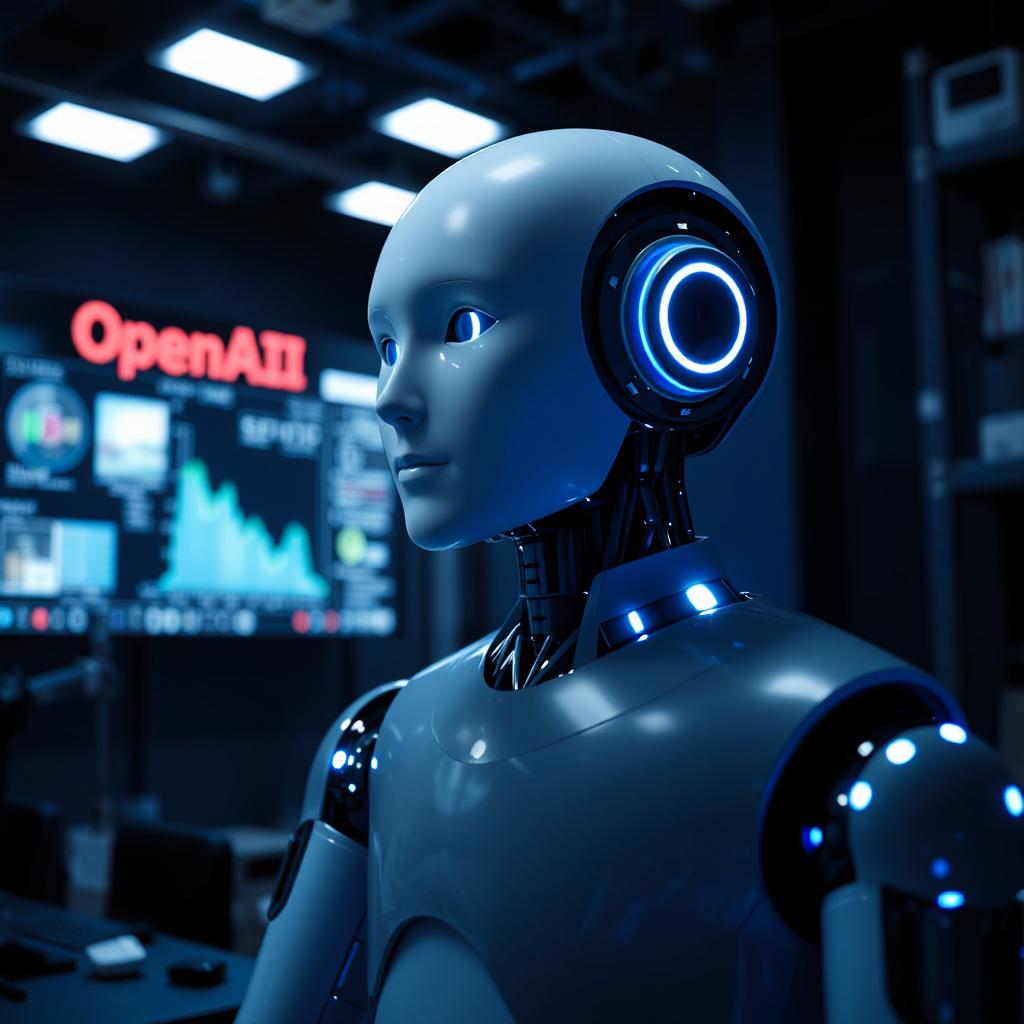
Introduction
OpenAI, the trailblazer in artificial intelligence, is making waves with its ambitious financial projections. Despite facing significant cash flow challenges, the company forecasts a staggering $125 billion in revenue by 2029. What’s driving this bold bet, and what does it mean for the future of AI? Let’s dive in.
1. The Revenue Surge: What’s Behind the Numbers?
OpenAI’s growth trajectory is nothing short of extraordinary. The company expects to triple its revenue to $12.7 billion in 2025, fueled by the rising demand for paid AI software. From ChatGPT subscriptions to enterprise solutions, OpenAI is capitalizing on the AI boom. But with high operational costs, the road to profitability remains steep.
2. Cash Flow Challenges: A Temporary Setback?
While the revenue projections are impressive, OpenAI doesn’t anticipate being cash-flow positive until 2029. The delay highlights the immense costs associated with developing and scaling cutting-edge AI technologies. However, this long-term investment strategy could position OpenAI as a dominant force in the AI industry.
3. The Bigger Picture: AI’s Role in the Economy
OpenAI’s financial journey reflects a broader trend: the growing economic impact of artificial intelligence. As AI continues to transform industries—from healthcare to finance—the potential for revenue generation is immense. OpenAI’s bold projections underscore the transformative power of AI and its role in shaping the future.
Final Thoughts
OpenAI’s ambitious revenue goals and cash flow challenges paint a complex picture of the AI industry’s future. Will the company’s long-term strategy pay off? Only time will tell. What’s your take on OpenAI’s bold bet? Share your thoughts in the comments below!
